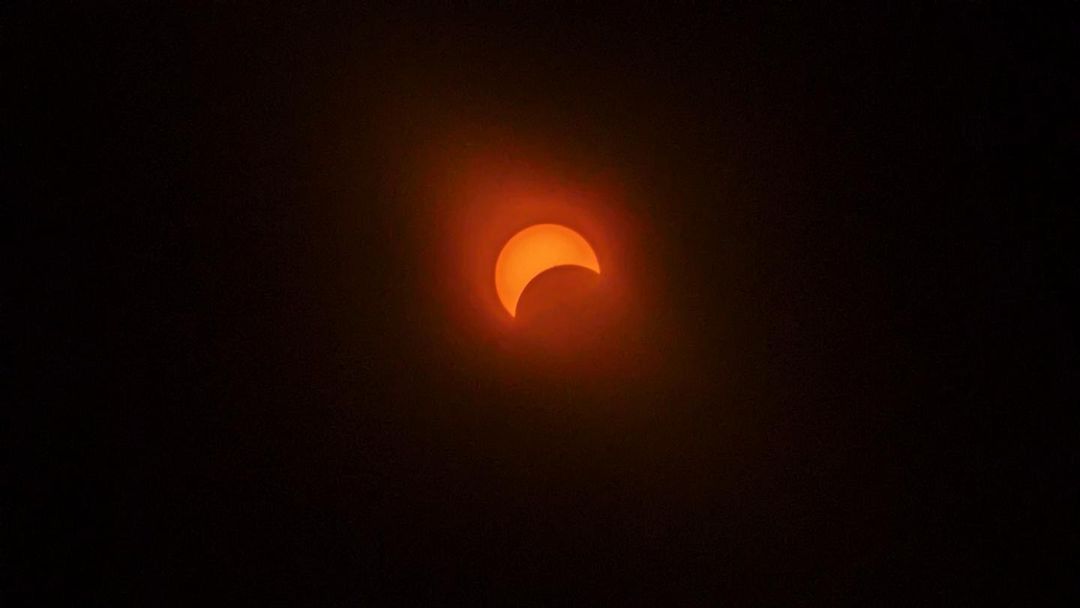News
‹ back to weather news
News
-
Satellites and astronauts capture stunning solar eclipse
Ben Domensino, 9 April 2024Satellites and astronauts have captured the shadow of the Moon darting across Earth’s surface during Monday’s spectacular solar eclipse.
A solar eclipse occurs when the Moon passes between the Sun and Earth, causing the Moon’s shadow to pass over the Sun-oriented face of our planet. For those lucky enough to be directly in the path of the Moon’s shadow during a total solar eclipse, day turns to night, the temperature drops, and a 360-degree ‘sunset’ appears across the entire horizon.


Images: A solar eclipse occurring in Vermont, USA on April 8, 2024. Source: @awdrummond / Instagram
The video below shows the total solar eclipse reaching totality in Mazatlán, Mexico on Monday, April 8, 2024, as the Moon’s shadow begun its journey across parts of Mexico, the United States and Canada.
Take it all in.
— NASA (@NASA) April 8, 2024
We're getting our first views of the 2024 total solar #eclipse as its shadow makes landfall in Mazatlán, Mexico. pic.twitter.com/FdAACmQGkmThere is no doubt that Monday’s total solar eclipse was a spectacular phenomenon to watch from the ground. However, it was also an incredible sight from above.
The GOES-16 geostationary satellite captured a sequence of images showing the Moon’s shadow darting across Earth’s surface on Monday. The Moon’s shadow can be seen moving from southwest to northeast, starting in the Pacific Ocean before crossing Mexico, the United States and Canada, then fading out over the Atlantic Ocean.
Videos: GOES-16 satellite images showing the total solar eclipse on Monday, April 8, 2024. Source: RAMMB-CIRA
Astronauts on the International Space Station also captured captivating vision of the Moon’s shadow passing over Earth’s surface on Monday.
The Exp 71 crew soared into the Moon’s shadow during the solar eclipse on Monday afternoon while working on cargo transfers, spacesuits, and science. More... https://t.co/8LXGHC95XO pic.twitter.com/kEWnOuu4zP
— International Space Station (@Space_Station) April 8, 2024A similar view of the Moon’s shadow was captured by a camera on one of SpaceX’s Starlink satellites.
View of the solar eclipse from a Starlink satellite on orbit pic.twitter.com/RAwT2uQUUh
— Starlink (@Starlink) April 8, 2024The next three total solar eclipses will occur in 2026, 2027 and 2028, with the 2028 eclipse to be visible from parts of Australia.
- Other news
- Sun 19 May 2024 Shiseido Tahiti Surf Pro forecast
- Sat 18 May 2024 Go west. Life is warm there.
- Sat 18 May 2024 Sydney feeling no warmer than 10°C this afternoon
- Fri 17 May 2024 Melbourne freezing, Tassie snowing, Sydney basking
- Fri 17 May 2024 Fog blankets Sydney halting ferries

